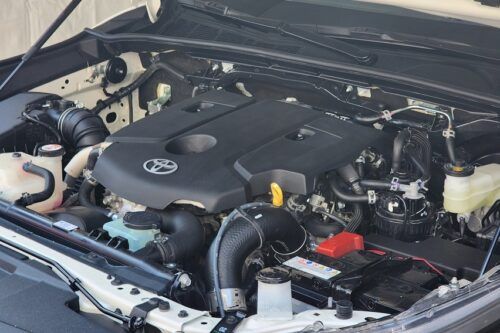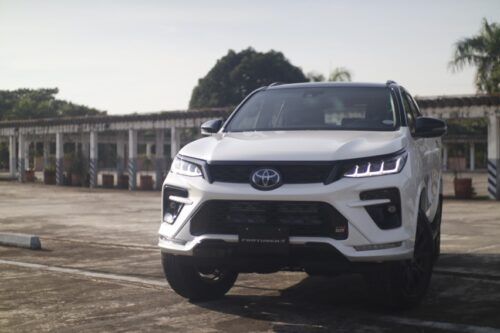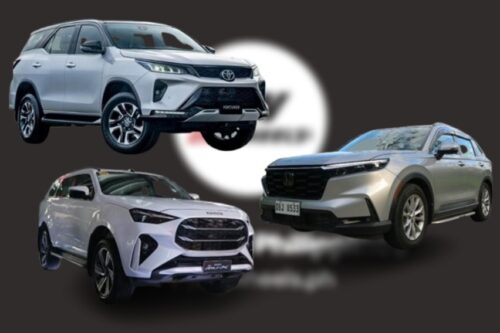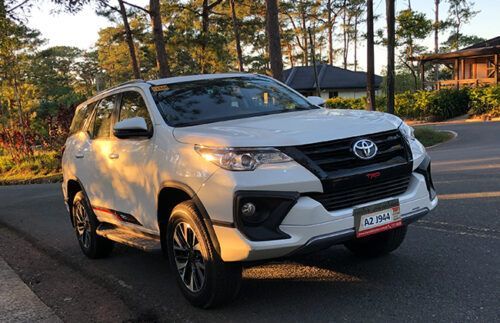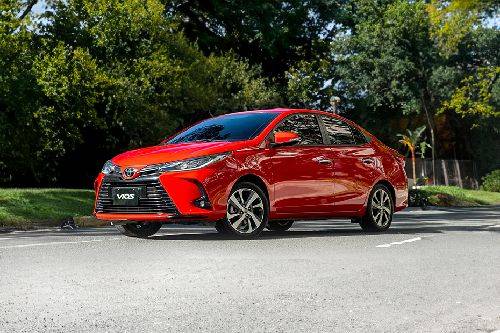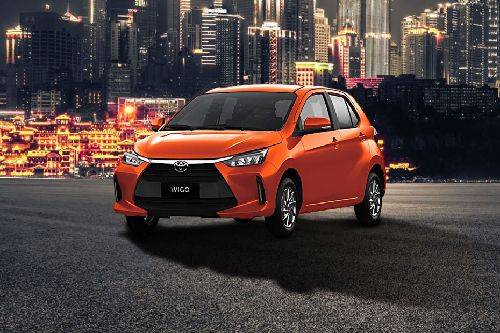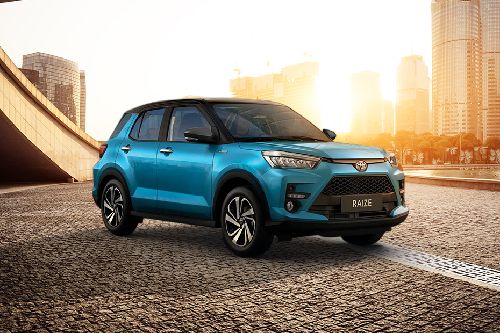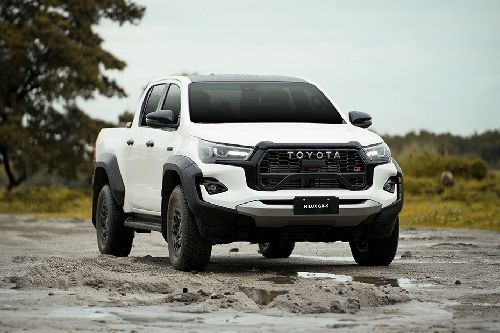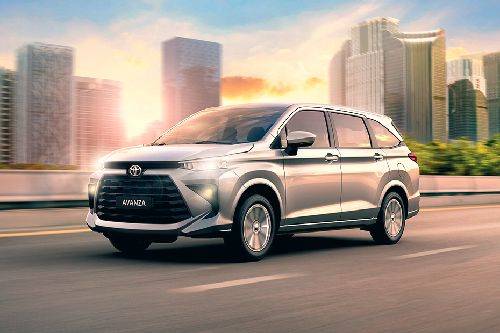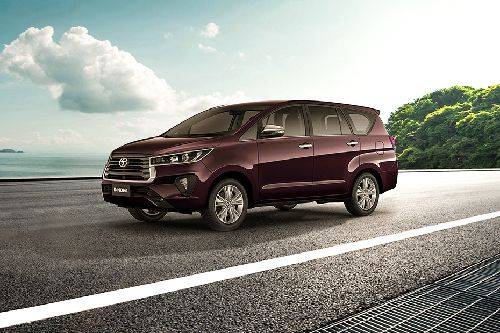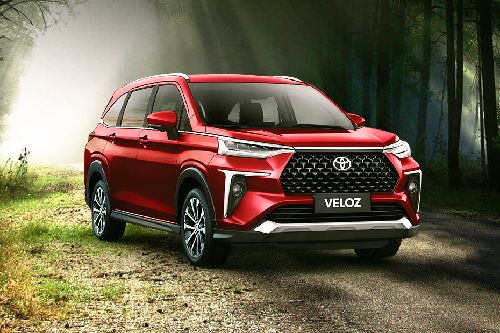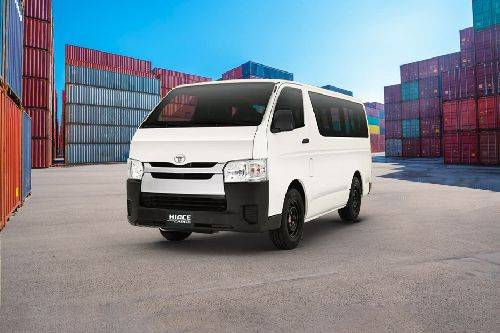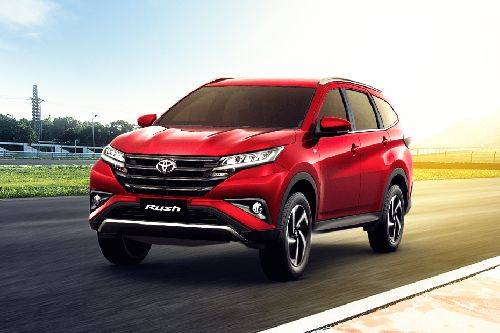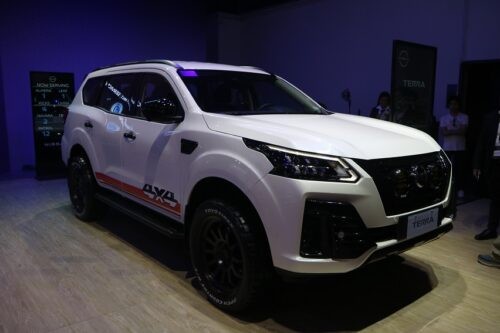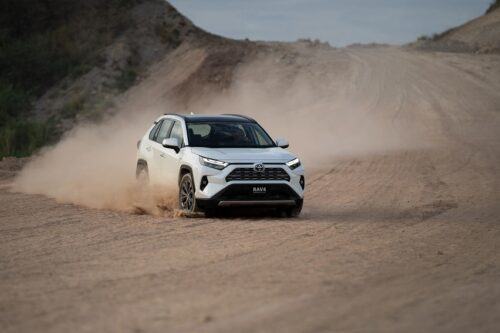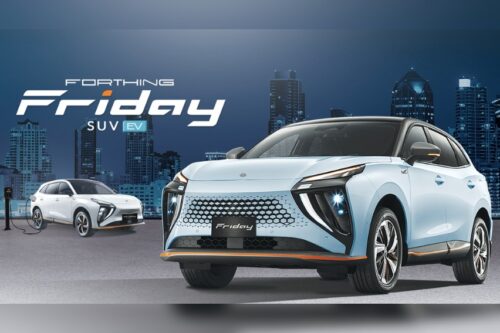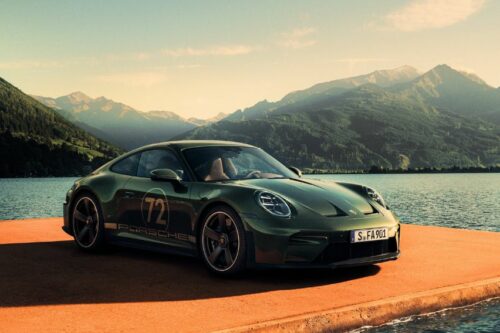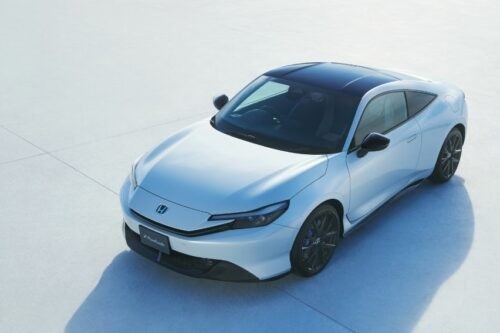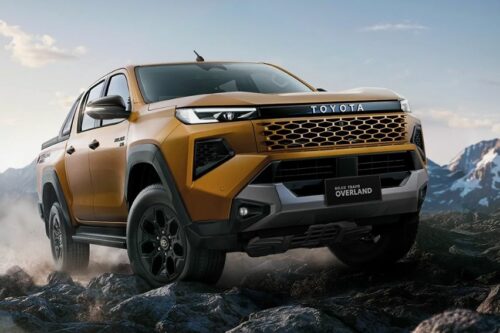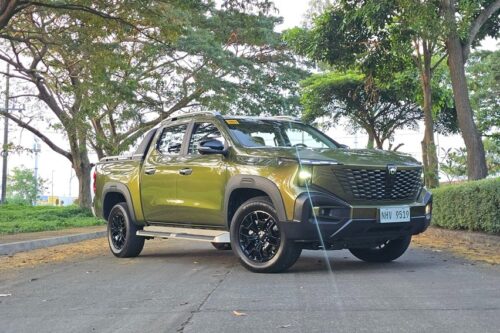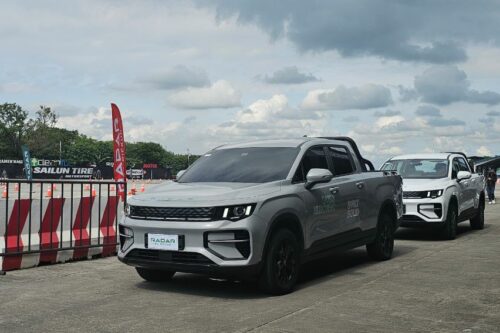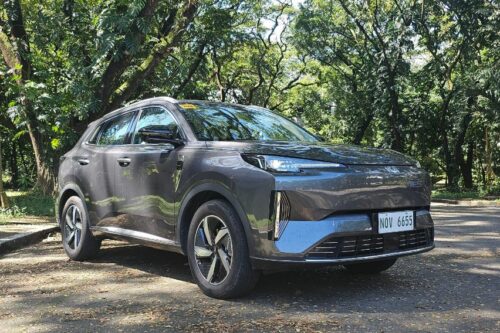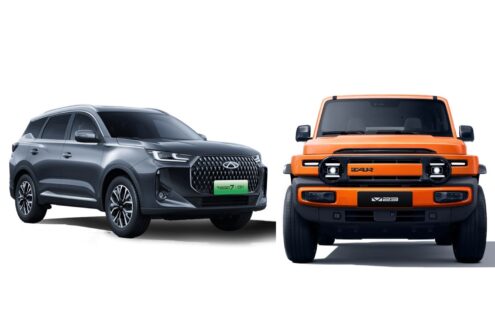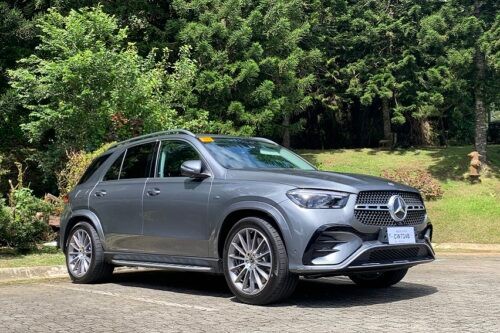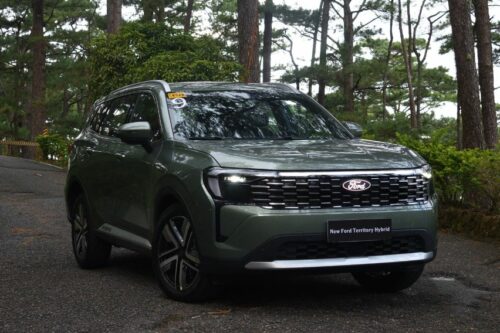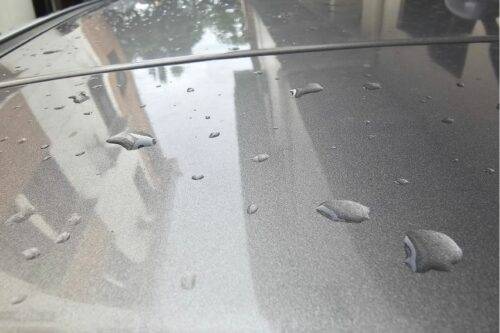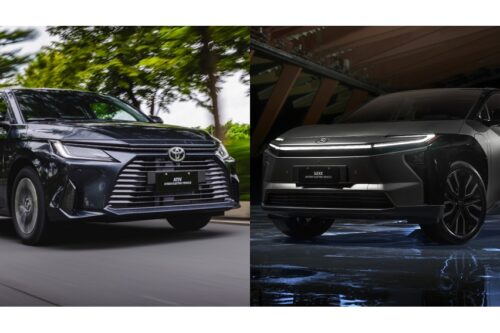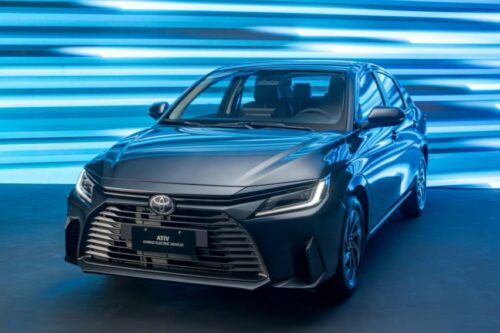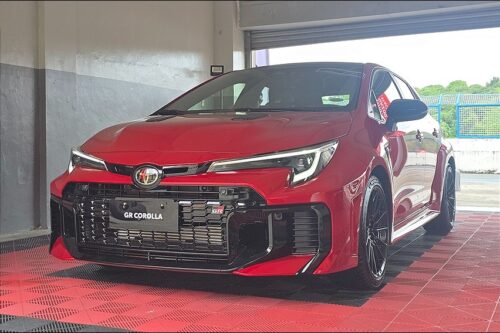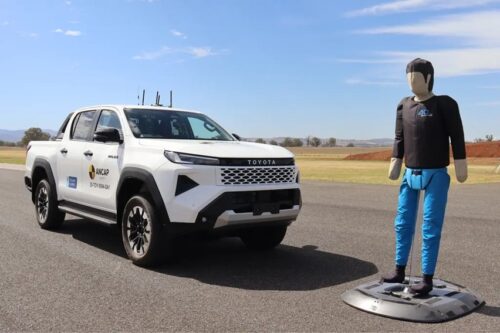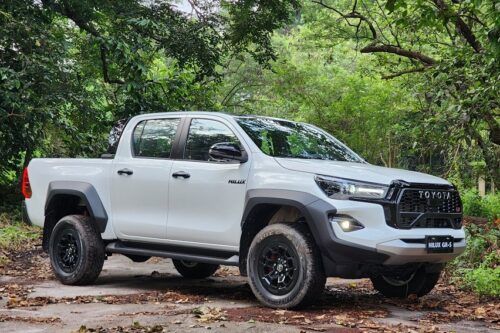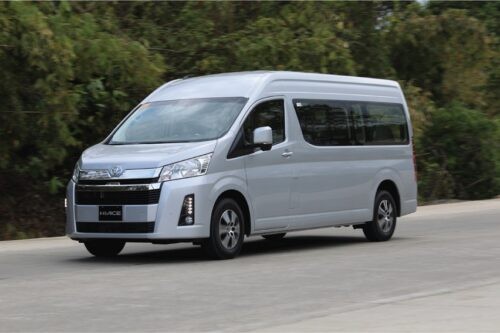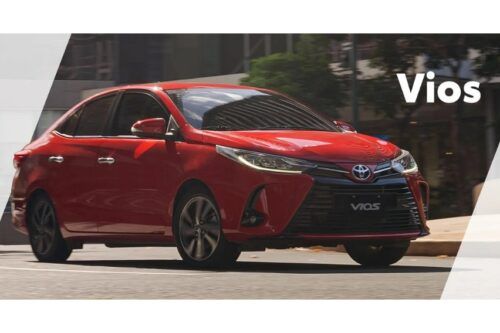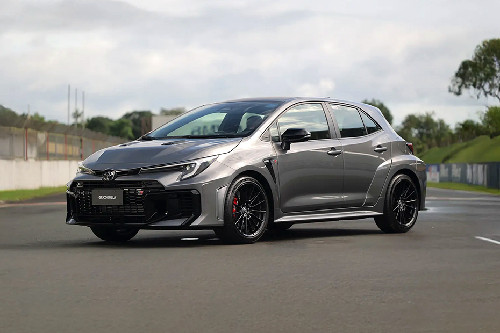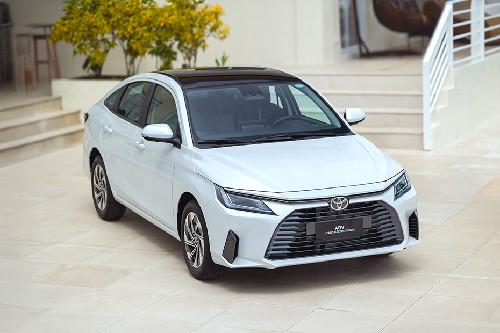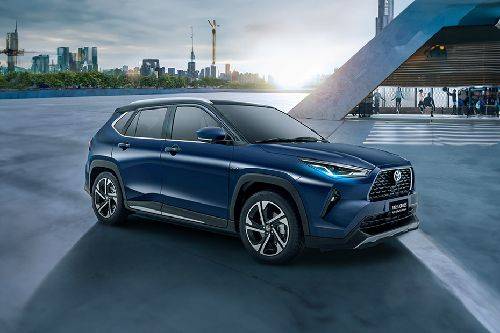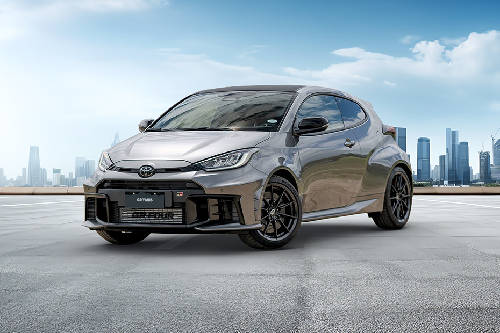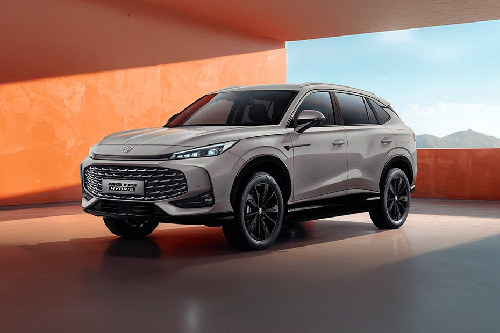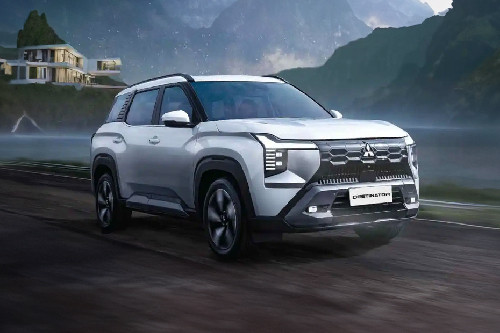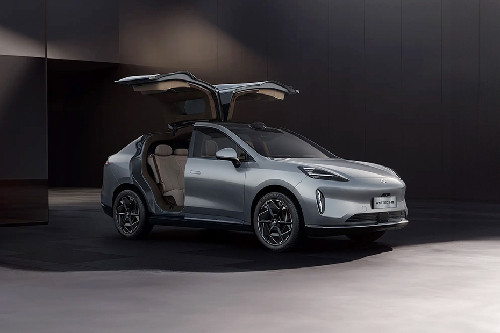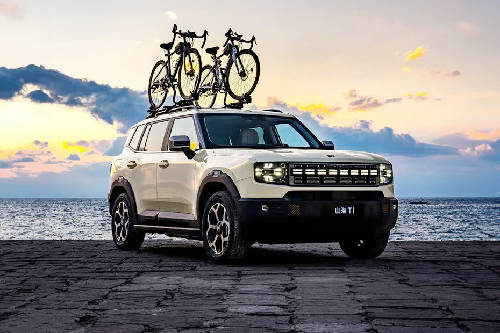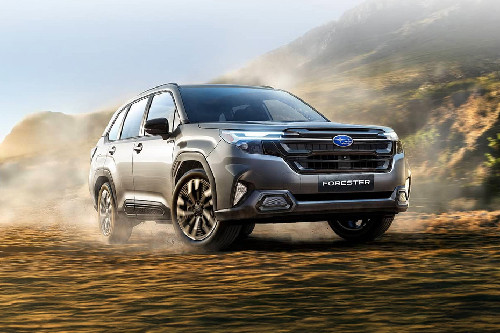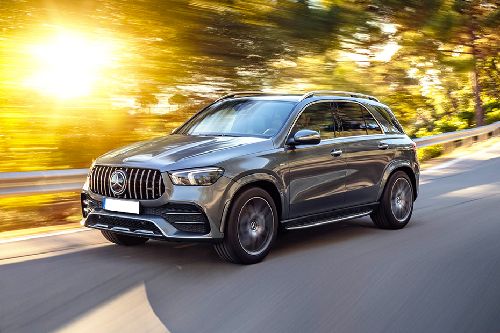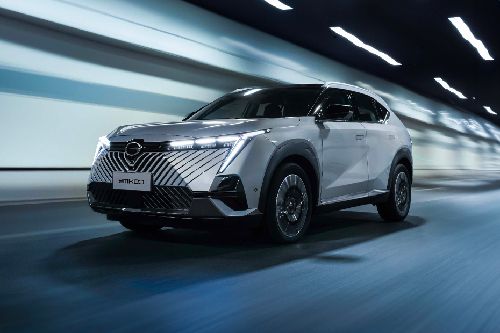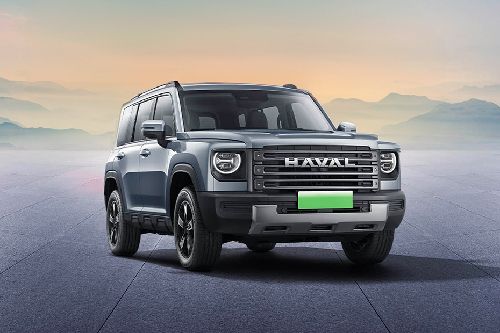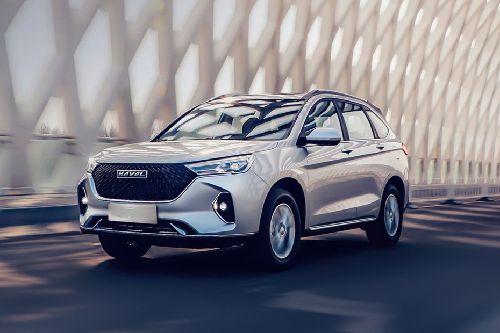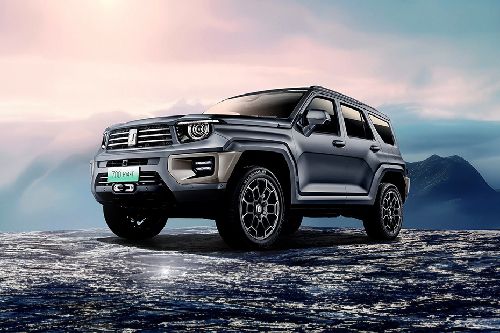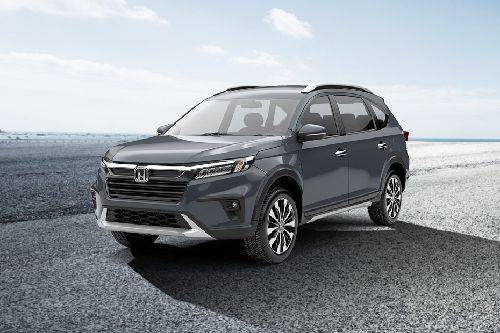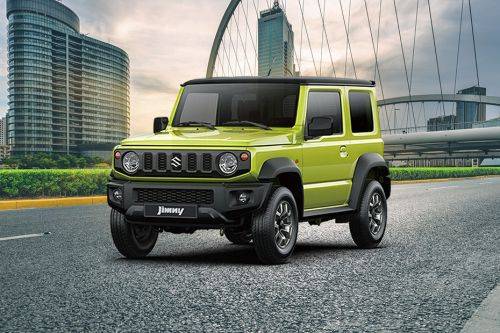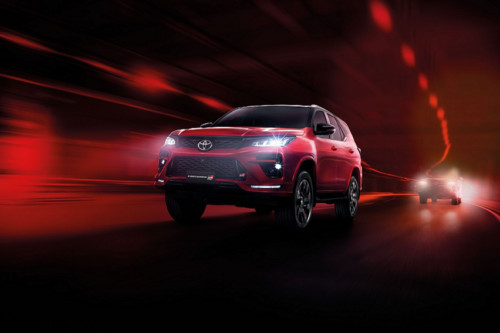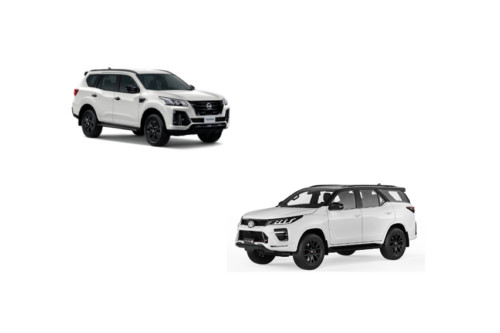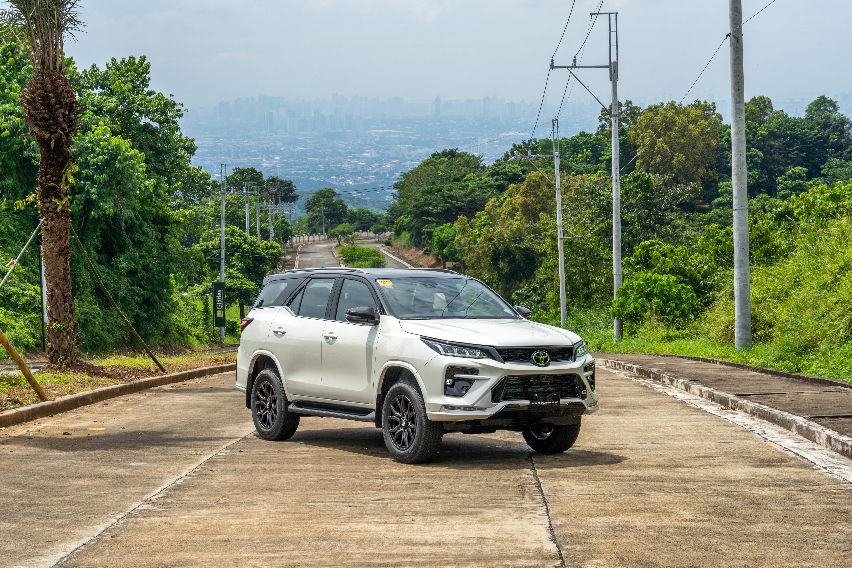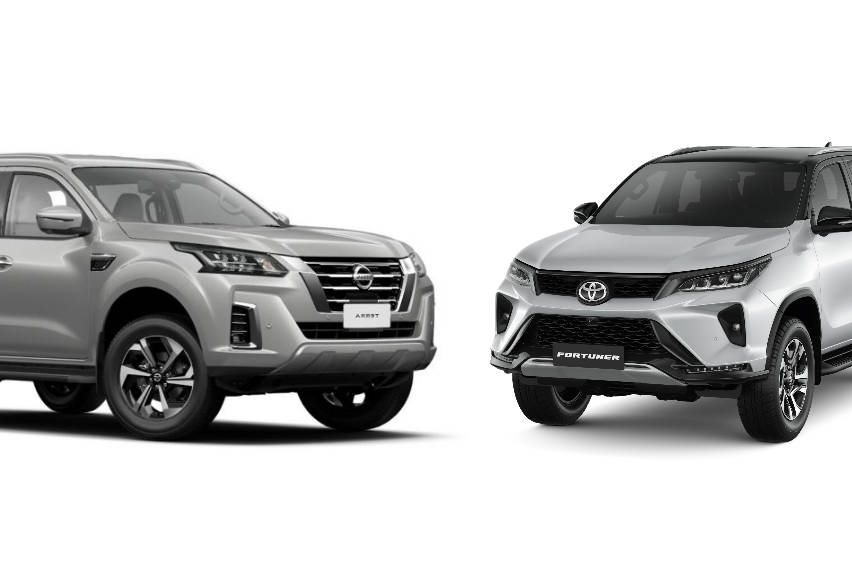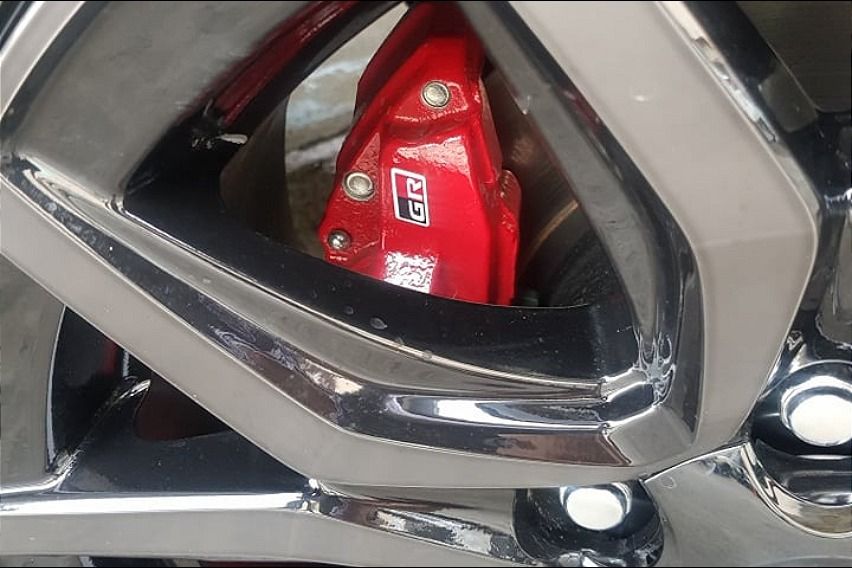Toyota Fortuner vs Isuzu MU-X: Search for the better pick
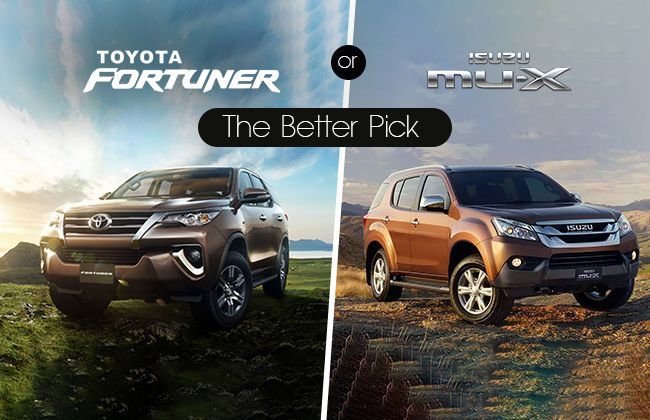
In the world of small cars and ever-shrinking fossil fuels, manufacturers still roll out big burly SUVs. These come in the form of the Ford Everest, Toyota Fortuner, Mitsubishi Pajero or even the Isuzu mu-X. All of these biggies are based on a pickup chassis and this makes them even more dependable than monocoque vehicles. The body on frame type suits ruggedness as they can take on more load as well as handle the rough sections better. Today, we are going to compare two stalwarts in the Philippines market. Unfortunately, there are still some countries where either or both aren’t present so, we cannot call it a match that happens worldwide.

With that being kept aside, here is a comparison of the Toyota Fortuner which debuted as an all-new model in 2016 with the Isuzu mu-X which received a facelift a couple of months ago. Which one wins then? Read on to find out.
Looks
Both these vehicles look butch enough but one look at the Isuzu mu-X and you know who is the tougher guy here. It has that look which says that it is indestructible, similar to the last generation Fortuner. The Toyota has gone the sophisticated way and if it were us instead of you, we will be a bit sceptical to take it off the road. Not that it is any less capable, but the way everything looks, you wouldn’t want to scrape even a fender here or there.
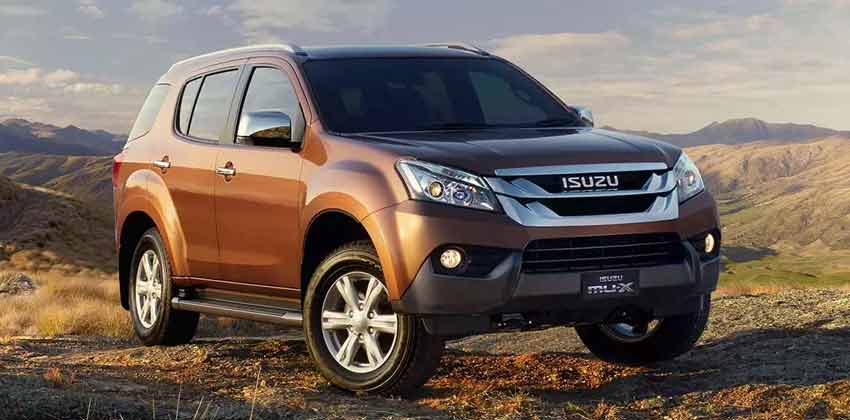
The Isuzu MU-X measures 4,825 mm in length, 1,860 mm in width and 1,840 mm in height. The wheelbase is 2,845 mm. In contrast, the Toyota Fortuner has a length of 4,795 mm, width of 1,855 mm and a height of 1,835 mm, with the wheelbase standing at 2,745mm. It is quite evident that the Fortuner while being bigger than the older model, is still smaller than the Isuzu. Their ground clearances too are poles apart with the Toyota boasting 193 mm whereas the Isuzu claims a lofty 230 mm. Both get LED headlights, fog lamps, 18-inch alloys, roof racks, chrome grille, daytime running lamps, sidestep, and LED tail lamps.
Interior
The cabins of the SUVs derived from pickups are more flamboyant than the latter. The Toyota is the more stylish one on the inside too. It has leather seats and generally a lot of space. The Isuzu in the meanwhile feels a tad less on the style front but has the same equipment levels as the Toyota.
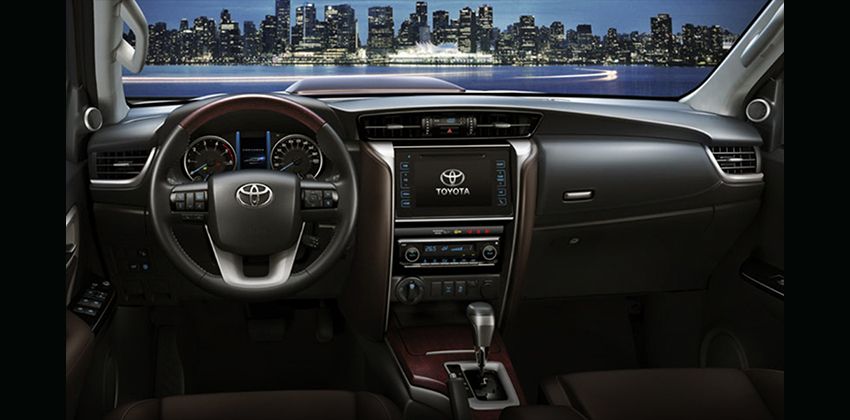
Both the cars here come with powered driver’s seat, multifunction steering wheel, seven seats, touchscreen infotainment system, automatic climate control, second row AC vents, and 12 bottle holders around the cabin. Both of them also have plenty of charging points all around the cabin. The Fortuner’s multifunction steering wheel has controls for the instrument cluster, audio, and Bluetooth music while the Isuzu has one for the cruise control as well. The Fortuner’s upholstery is done with leather, silver accents, and wood whereas the mu-X makes use of a piano black as well as blue accent cabin. We love the Isuzu roof-mounted entertainment system for the rear passengers. It can play videos and music but will start only when the vehicle is stationary, for safety reasons.
In terms of accommodating passengers, both the SUVs here feel luxurious and there is no dearth in space except for the third row which is best suited for children. Boot space too is decent with all the three rows in place.
Engine and transmission
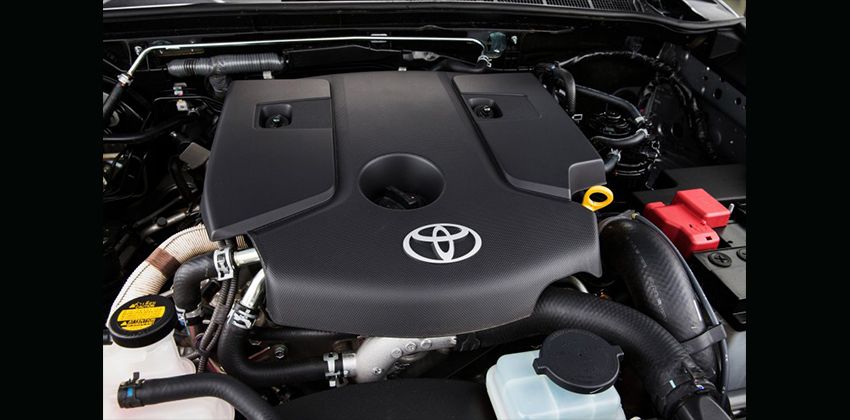
Toyota offers the Fortuner with a choice of two diesel and one petrol motor whereas Isuzu has a choice of two oil burners for the Philippines market. It makes sense to go in for pure diesels in this category as a petrol will prove to be too thirsty. It indeed is a brave move by Toyota then. We will first check the Toyota’s engines and transmission combos. For the Toyota Fortuner 4x2 models, there is a 2.4-litre D-4D turbodiesel that is good for 150 PS of power and 400 Nm of torque, a 163 PS/245 Nm 2.7-litre naturally aspirated petrol engine with Dual VVT-i. For the two-wheel drive Fortuners, there is a choice of a 6-speed manual or sequential control 6-speed automatic. The 4x4 trims are available with the larger 2.8-litre D-4D turbodiesel engine that makes 177 PS of power and 450 Nm of torque. This one is available only with the 6-speed automatic.
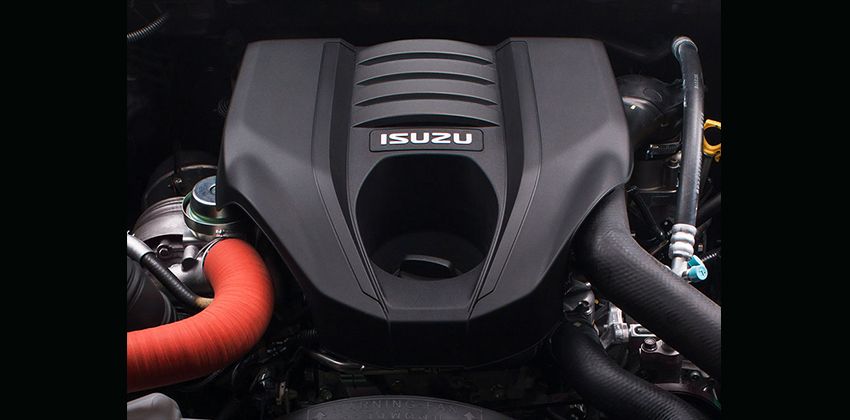
Moving on to the Isuzu mu-X’ engine options. There is a 2.5-litre turbodiesel that produces 136 PS of power and 320 Nm of torque. One can spec this engine with a 5-speed manual or a 5-speed automatic. Four-wheel drive, as well as two-wheel drive, is available with both the engine options. The bigger 3.0-litre turbodiesel makes 163 PS of power and 380 Nm of torque. It is available with the 5-speed automatic only.
Both the Fortuner and the mu-X use shift on the fly 4WD mechanism - 2WD, 4-High and 4-Low. Both the engines are Euro 4 compliant and while the Isuzu mu-X uses a 65-litre fuel tank, the Fortuner has a significantly bigger 80-litre tank. Because of the slightly less power numbers compared to the Fortuner, the mu-X delivers a tad more fuel efficiency - 10.2 kmpl with regards to the 9.3 kmpl of the Toyota. Both the vehicles can cruise all day long at 140 kmph. The mu-X’ engine is a tad more refined while the Toyota motor is noisy.
Ride and handling
As discussed earlier, the underpinnings of both these vehicles are pickups. Hence the suspension components too are similar. The front suspension comprises of double wishbones while a multi-link rigid axle setup with coil springs works at the rear. With a full complement of passengers, both the vehicles absorb all the road irregularities as well as potholes. However, when you are driving in them without any load, the going can become a tad bouncy. The steering wheel is power assisted, however, true to the nature of these SUVs, it feels a bit heavy. Handling wise, we liked the Fortuner’s manners while the mu-X continued to show top-heaviness. That being said, these aren’t vehicles to be driven fast around corners. Both have excellent stability in a straight line and on highways at high speeds.
NVH-wise the Isuzu is the better choice as its engine and wind noise are better contained than that of the Toyota Fortuner.
Safety
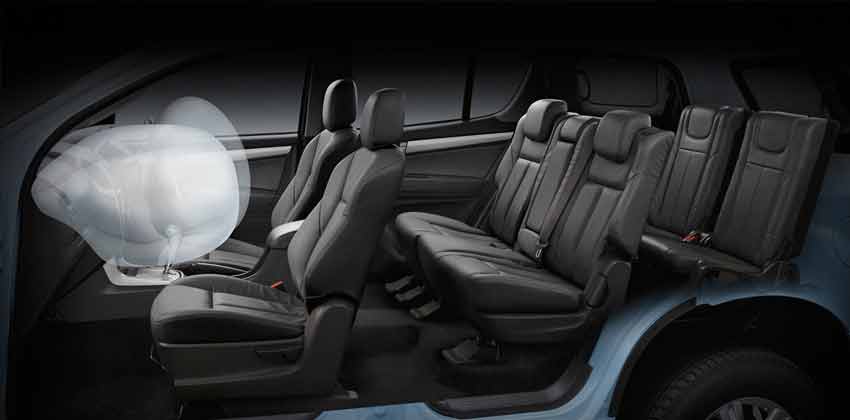
This is one department where the Isuzu mu-X falls short. As standard, it offers dual airbags, EBD, Brake Assist, ABS, speed sensing locks, ISOFIX, and stability control.
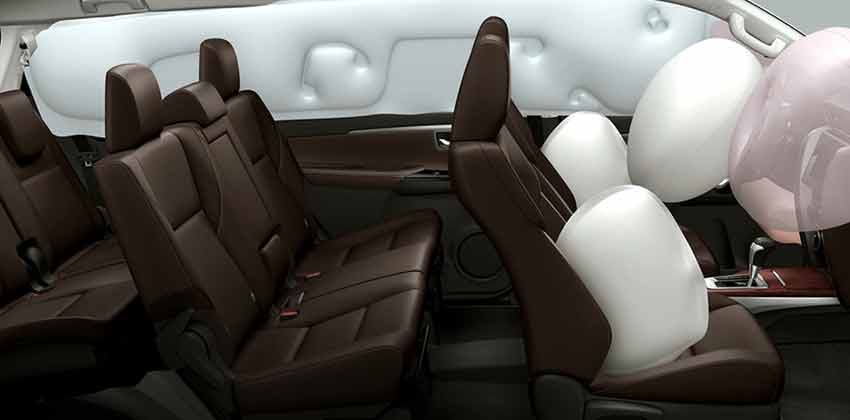
The Fortuner in the meanwhile offers seven airbags, Electronic Brake Distribution, and other same features as in the Isuzu. It is a mystery as to why on almost all its vehicles, Isuzu is adamant on only providing for two airbags.
Verdict
Both the SUVs here are an ace when it comes to Filipino buying choices. While the Fortuner has been around for quite some time, it is only but recently that the mu-X has made its way to the Philippines. Within a year of its arrival, it climbed the top selling SUVs chart and now jostles for space mainly with the Fortuner. It is reliable as well as rugged. The Fortuner is also very reliable but has lost a bit of its ruggedness to sophistication. The Isuzu confuses you with its 14 trim options with prices starting from Php 1,598,000 and going all the way to Php 1,838,000. The Fortuner is more sorted with only seven trims and the prices start from Php 1,465,000 to Php 2,243,000. It is significantly more expensive than the Isuzu here.
Our choice is the MU-X if you can live with the dual airbag set up. However, one can not deny the market standing of its Toyota rival.
Sell your car at the best price
 Verified and genuine buyers
Verified and genuine buyers
Toyota Fortuner vs Isuzu MU-X Comparison
Toyota Fortuner Related Stories
- News
- Featured Stories
- Expert Review
Toyota Car Models
Don't Miss
Trending & Fresh Updates
- Latest
- Popular
You might also be interested in
- News
- Featured Stories
Toyota Featured Cars
- Latest
- Upcoming
- Popular
Latest Toyota Fortuner Car Videos on Zigwheels

Compare & Recommended
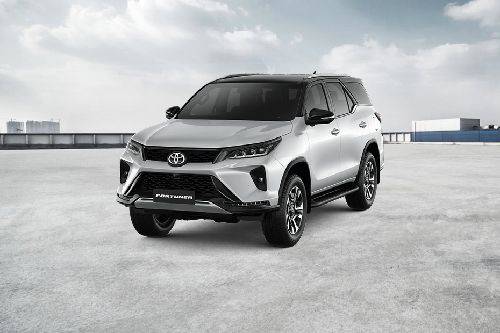
|
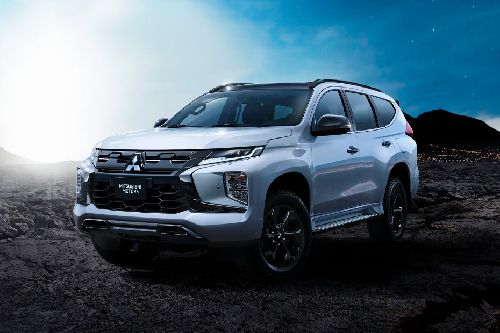
|
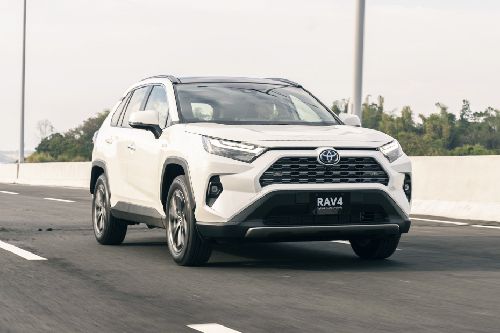
|
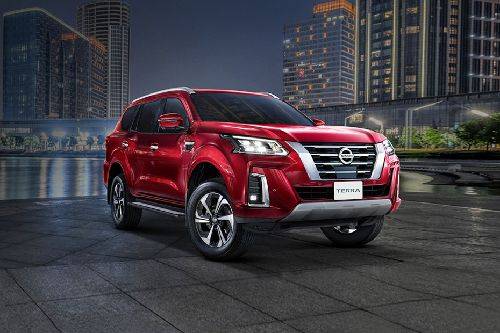
|
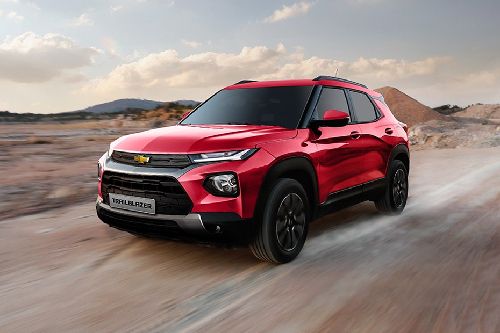
|
|
Seating
7
|
7
|
5
|
7
|
5
|
|
Fuel Type
Diesel
|
Diesel
|
Gasoline
|
Diesel
|
Gasoline
|
|
Engine
2393
|
2398
|
2487
|
2488
|
1341
|
|
Power
148
|
179
|
176
|
187
|
155
|
|
Torque
400 Nm
|
450 Nm
|
221 Nm
|
450 Nm
|
236 Nm
|
|
Transmission Type
Manual
|
Manual
|
CVT
|
Automatic
|
CVT
|
|
|
Trending SUV
- Latest
- Upcoming
- Popular
Toyota Fortuner Car Articles From Carmudi
- journal
Compare
You can add 3 variants maximum*- Brand
- Model
- Variant






